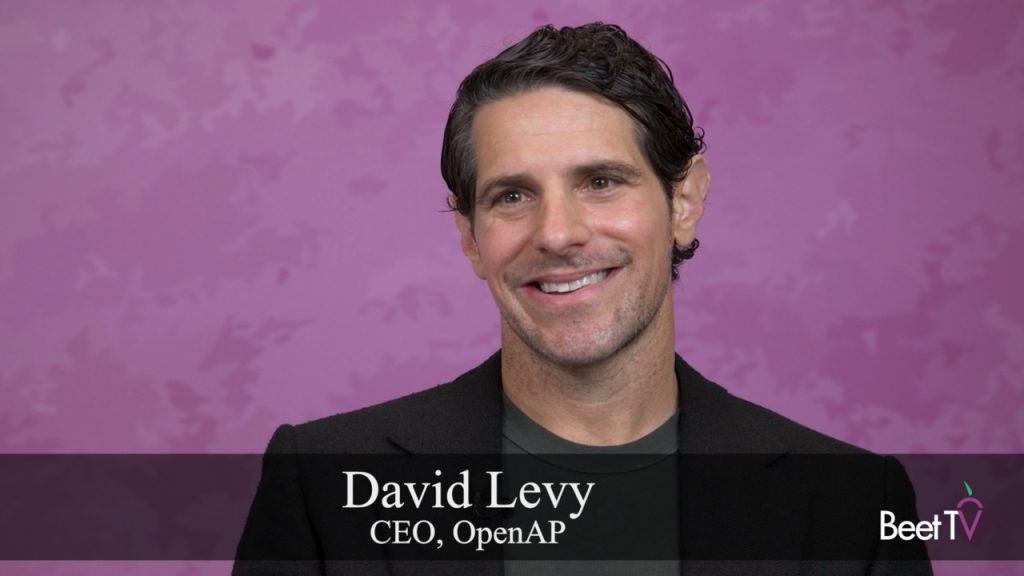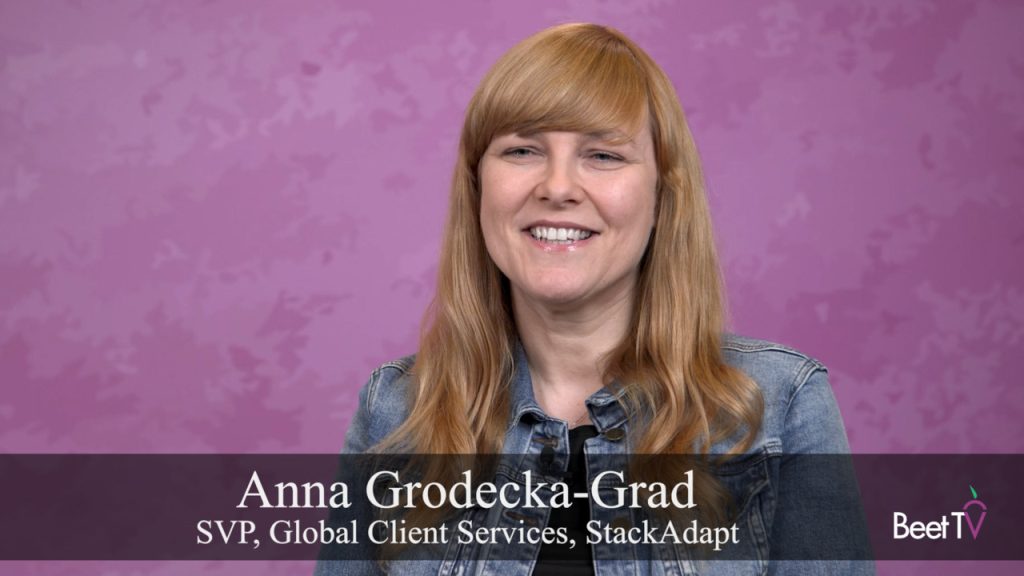Television advertising sales are becoming increasingly automated as digital technologies transform the way marketers and media agencies run campaigns. Computerized auctions of video ad inventory have established a foothold in connected TV (CTV), and are expected to transform the broader television marketplace amid its technological evolution.
Managing Sales Amid Complexity
Mark Gorman, chief executive of Matrix Solutions
Publishers and TV networks face a challenge in managing their advertising inventories as they expand into newer video platforms. Matrix Solutions is developing the Matrix Sales Gateway to help automate ad sales workflow. The idea is to help manage the whole sales process through to revenue recognition.
Unifying Workflow for Linear and Digital
Al Lustgarten, senior vice president of technology and information services at Hearst Television
Pushing ahead onto newer video platforms while also managing a linear broadcast business with legacy technologies has been a challenge for station groups. The goal is to have a unified workflow to accommodate both those lines of business.
Scramble for Inventory
Barbara Bekkedahl, president of ad sales at The Weather Group
Consumer demand picked up as pandemic lockdowns were lifted, helping to drive a rebound in media spending. Amid that recovery, advertisers confronted a significant shift in viewing habits as people spent more time with streaming video platforms. Buyers scrambled for premium inventory in a shrinking linear marketplace, and shifted spending to over-the-top services.
Maintaining Linear Reach
Dan Riess, chief growth officer at Univision
While many English-language linear channels saw a drop in viewership in the past year as people spent more time with digital video and streaming platforms, Spanish-language media giant Univision maintained its linear reach on cable and broadcast. As more people stream video on connected devices like smart TVs, Univision planned to expand the programming for Prende TV, its advertising video-on-demand (AVOD) service.
Improved Measurement
Jerrold Son, executive director of ad operations at Xumo
Television is evolving from an era of targeting advertising demographics and measuring viewership by panels. It is becoming one that is precision-targeted to households and accurately measured by on-screen data.
Prioritizing Identity Resolution
Mark McKee, senior vice president and chief revenue officer, U.S., at FreeWheel
Providers of premium television programming have more ways to reach audiences who are spending more time watching video on connected devices like smart TVs and mobile phones. The growth of connected TV (CTV) has added another layer of complexity to the advertising marketplace. With advertisers seeking to target audiences based on other criteria beside demographics, consumer data have become more crucial. Advertisers want to protect their proprietary data and the privacy of their customers, making identity resolution a priority.
Flexibility of Linear and Streaming
Michael Falco, executive vice president of revenue management and strategy at Fox Corp.
Streaming platform Tubi has enabled Fox to offer media buyers more choice, flexibility and audience targeting. Fox also has seen an influx of buyers to the upfront market in the past year, despite the disruptions of the pandemic.
Scaling for Addressable Ads
Richard Nunn, vice president and general manager of advertiser solutions at Comcast Technology Solutions
As television advertising becomes more addressable and its creative becomes more personalized for households, the volume of commercials is expected to grow dramatically in the next few years. That growth will make automation of ad management a necessity for marketers, agencies and media channels.
You are watching “A Marketplace Transformed: The TV Ad Industry Powered by Automation,” a Beet.TV leadership series presented by Matrix. For more videos, please visit this page.



































